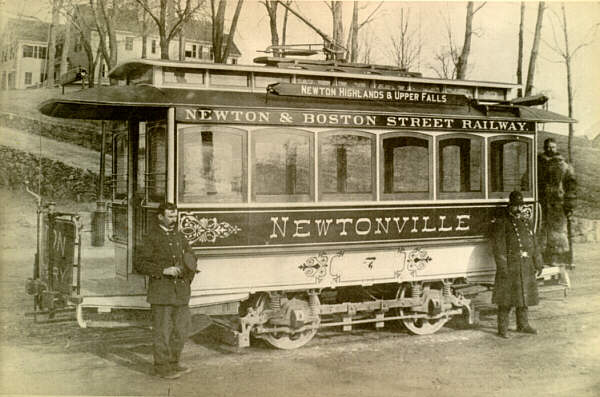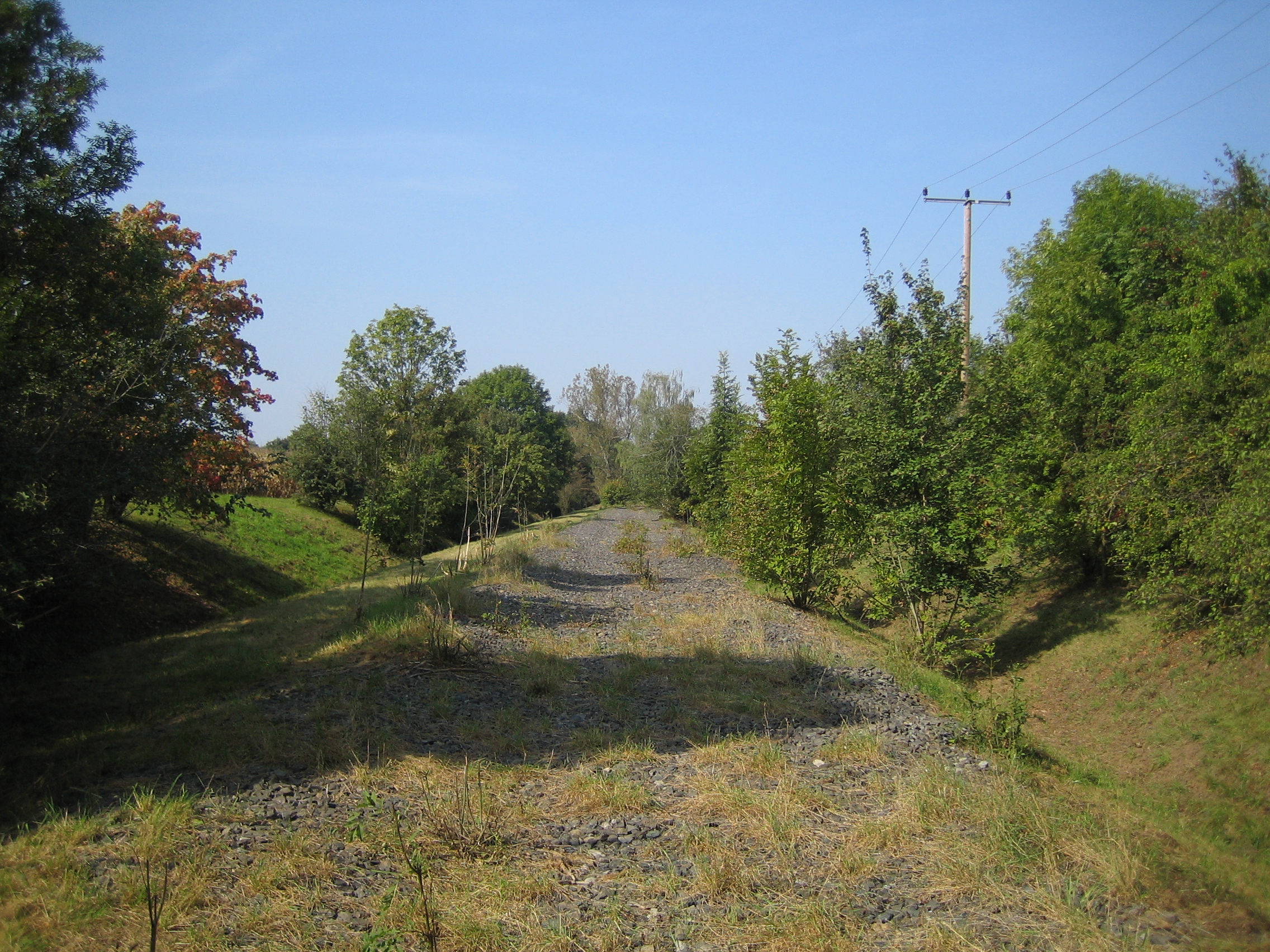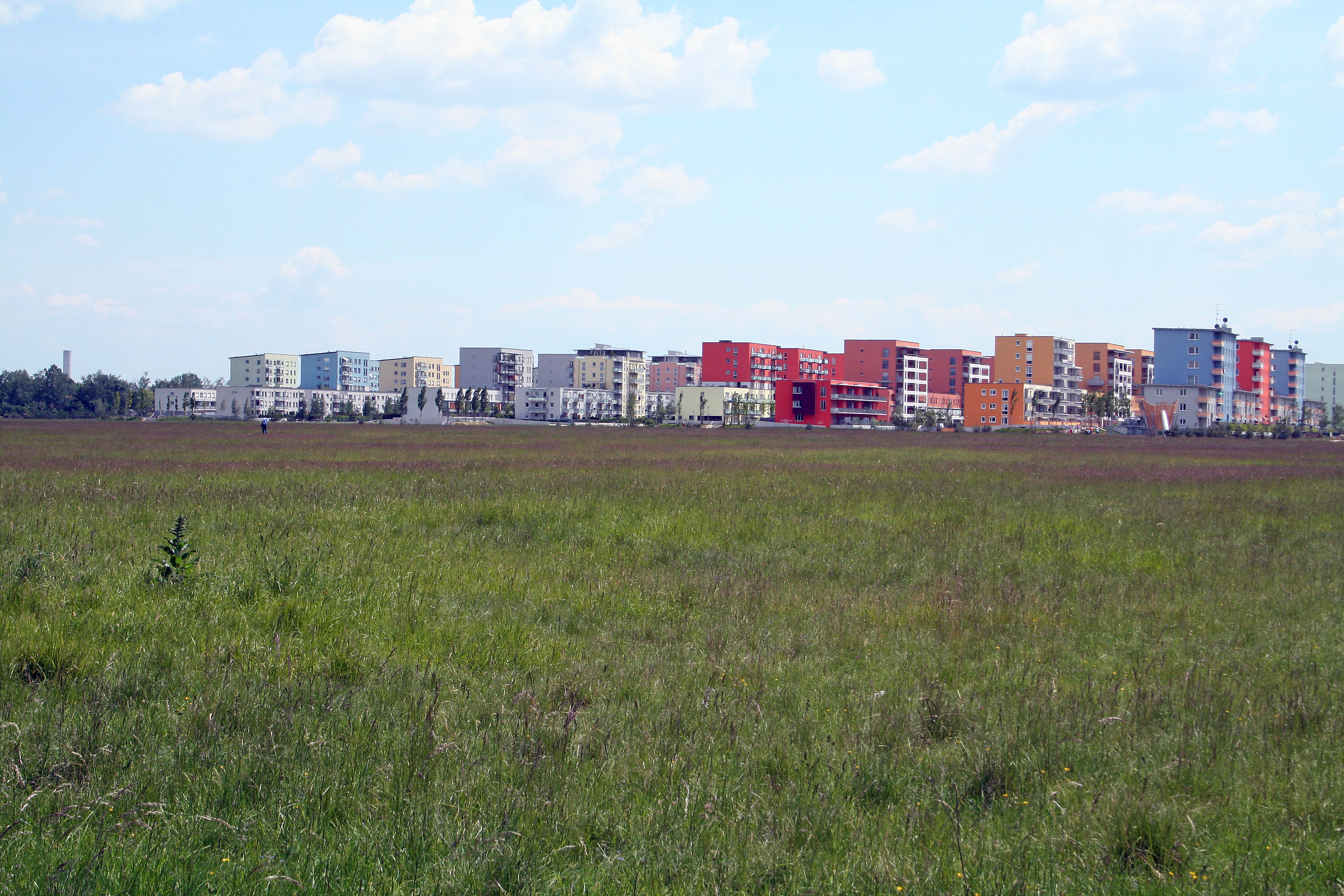|
Ingolstädter Straße
The Ingolstädter Straße in the Munich district of Milbertshofen-Am Hart and Schwabing-Freimann is a 4 kilometer long exit road heading North, where it connects there with Leopoldstraße. Description The Ingolstädter Straße runs from the end of the Leopoldstraße corner of Milbertshofener Straße and Domagkstraße to the north, where is crosses the Frankfurter Ring after about 250 meters, until the Panzerwiese, where from Neuherberg it continues as an extension of the B13 Ingolstädter Landstraße to Ingolstadt. North of the intersection with the Frankfurter Ring, the Ingolstädter Straße crosses, by means of an underpass, the Munich North Ring railway line. In the underpass, from 1948 to 1949, was the public transportation stop Munich Ingolstädter Straße. In 2017, the FC Bayern Campus was opened on the 30-hectare area north of the Fürst-Wrede-Kaserne east of Ingolstädter Straße, directly on the city limits. West of the Fürst-Wrede-Kaserne is the Ernst-von-Bergmann-K ... [...More Info...] [...Related Items...] OR: [Wikipedia] [Google] [Baidu] |
Panzerwiese GO-7
The Panzerwiese is a 200 hectare heath area in Milbertshofen-Am Hart in the north of Munich, Germany. It bears its name due to its former military use as a training area for tanks (german: Panzer and meadow german: Wiese). The name "Nordhaide" is often used analogously to Panzerwiese due to the settlement of the same name. It is part of the "Naturschutzgebiet" (protected nature area) Panzerwiese und Hartelholz. It belongs to the Munich Green Belt. It has been registered with the EU as a Fauna-Flora-Habitat area (heathland and turf forests north of Munich). Location North of it lies a forest area, the Hartelholz, northeast the Fröttmaninger Heide and in the south settlement areas along the Neuherbergstraße. In the west the meadow is bordered by Schleißheimer Straße (near Goldschmiedplatz) and in the east by Ingolstädter Straße or Ingolstädter Landstraße (B13). The Panzerwiese is located between the districts Hasenbergl and Harthof (district Milbertshofen-Am H ... [...More Info...] [...Related Items...] OR: [Wikipedia] [Google] [Baidu] |
Subway (underpass)
A subway, also known as an underpass, is a grade-separated pedestrian crossing which crosses underneath a road or railway in order to entirely separate pedestrians and cyclists from motor traffic or trains respectively. Terminology In the United States, as used by the California Department of Transportation and in parts of Pennsylvania such as Harrisburg, Duncannon and Wyoming County, subway refers to a depressed road undercrossing. Where they are built elsewhere in the country, the term 'pedestrian underpass' is more likely to be used, because "subway" in North America refers to rapid transit systems such as the New York City Subway or the Toronto Subway. This usage also occurs in Scotland, where the underground railway in Glasgow is referred to as the Glasgow Subway. Effects Pedestrian underpasses allow for the uninterrupted flow of both pedestrians and vehicle traffic. However, they are normally considered a last resort by modern urban planners as they can be expensiv ... [...More Info...] [...Related Items...] OR: [Wikipedia] [Google] [Baidu] |
Ernst-von-Bergmann-Kaserne
The Ernst-von-Bergmann-Kaserne, before called Warner Kaserne by the US Army (1950-1968), it is a military facility in Munich, Germany, which was built by the architect Oswald Bieber between 1934 and 1936. The current name was given in honor of professor Ernst von Bergmann. History The original name of the kaserne was ''Kaserne "München-FreimannFreimann ist now a quarter of Munich."''. The barracks were primarily used by the SS-Standarte 1 "Deutschland" until the end of World War II. After the war the UNRRA used the buildings as a displaced persons camp. When the barracks were acquired by the U.S. forces in 1950, they were renamed to ''Warner Kaserne''. The huge main building (earlier on number 1701; today number 1) was the second largest after the Pentagon, which was used by the U.S. Army. After the US returned the barracks to the Bundeswehr in 1968 it was rebuilt from 1973 to 1980. Since 1980 the main user has been the Bundeswehr Medical Academy. Disba ... [...More Info...] [...Related Items...] OR: [Wikipedia] [Google] [Baidu] |
Süddeutsche Zeitung
The ''Süddeutsche Zeitung'' (; ), published in Munich, Bavaria, is one of the largest daily newspapers in Germany. The tone of SZ is mainly described as centre-left, liberal, social-liberal, progressive-liberal, and social-democrat. History On 6 October 1945, five months after the end of World War II in Germany, the ''SZ'' was the first newspaper to receive a license from the US military administration of Bavaria. Thfirst issuewas published the same evening, allegedly printed from the same (repurposed) presses that had printed ''Mein Kampf''. The first article begins with: Declines in ad sales in the early 2000s was so severe that the paper was on the brink of bankruptcy in October 2002. The Süddeutsche survived through a 150 million euro investment by a new shareholder, a regional newspaper chain called Südwestdeutsche Medien. Over a period of three years, the newspaper underwent a reduction in its staff, from 425 to 307, the closing of a regional edition in Düsseld ... [...More Info...] [...Related Items...] OR: [Wikipedia] [Google] [Baidu] |
Fürst-Wrede-Kaserne
Fürst-Wrede-Kaserne has been a military facility in Munich, Germany, since 1936 when it was built by the Munich ''Heeresbauamt'' (army construction bureau) under its original name ''Verdun-Kaserne''. After World War II the U.S. forces renamed it Will Kaserne, and the Bundeswehr renamed it once more in honor of Karl Philipp von Wrede on 17 April 1972.Winfried Nerdinger: ''Bauen im Nationalsozialismus'' (German), Munich, 1993. p. 498. History Originally, the fully motorized 7th Anti-Tank Detachment (''Panzerabwehrabteilung 7'') and an artillery unit used the barracks. After the war the facility was enlarged and renamed by the American troops who occupied it in 1951; the 169th Infantry Regiment, 43rd Division. The 43rd Division only stayed in Germany during the Korean War time. After that, elements of the 24th Division moved into Will Kaserne and stayed there until it was returned to the German government. In 1969 the ''Bundeswehr'' acquired the installation. Until the begi ... [...More Info...] [...Related Items...] OR: [Wikipedia] [Google] [Baidu] |
FC Bayern Campus
The FC Bayern Campus is a sports complex located in the north of Munich. It was built between 2015 and 2017 on the northern part of the Fürst-Wrede-Kaserne by football club Bayern Munich to create a central location for the clubs' youth teams. The construction costs amounted to €70 million. The campus has facilities for football, basketball, handball and table tennis, spread over an area of 30 hectares. The campus has 8 football pitches for youth teams from the U-9s to the U-19s and the women's and girls' teams. The Allianz FC Bayern Akademie is located on the campus site and the academy has 35 apartments for young talents who don't live in the Greater Munich area. The academy building also has offices for youth coaches and staff. It includes a stadium with a capacity of 2,500 for matches in Under 17 Bundesliga The Under 17 Bundesliga (German: ''B-Junioren Bundesliga'') is the highest level of play in German football for male juniors between the ages of 15 and 17. It was ... [...More Info...] [...Related Items...] OR: [Wikipedia] [Google] [Baidu] |
Public Transport
Public transport (also known as public transportation, public transit, mass transit, or simply transit) is a system of transport for passengers by group travel systems available for use by the general public unlike private transport, typically managed on a schedule, operated on established routes, and that charge a posted fee for each trip. There is no rigid definition; the ''Encyclopædia Britannica'' specifies that public transportation is within urban areas, and air travel is often not thought of when discussing public transport—dictionaries use wording like "buses, trains, etc." Examples of public transport include city buses, trolleybuses, trams (or light rail) and passenger trains, rapid transit (metro/subway/underground, etc.) and ferries. Public transport between cities is dominated by airlines, coaches, and intercity rail. High-speed rail networks are being developed in many parts of the world. Most public transport systems run along fixed routes with set e ... [...More Info...] [...Related Items...] OR: [Wikipedia] [Google] [Baidu] |
Munich North Ring
Munich North Ring (german: Münchner Nordring), section of which are only used by freight trains, is a railway bypass on the northern edge of the Bavarian state capital of Munich. The line’s importance for freight also partly arises from its access to the Munich North marshalling yard (''Rangierbahnhof München Nord''). Route The North Ring begins at Olching station and initially runs north from Groebenzell to the Munich district of Allach. There are links with the Nuremberg–Ingolstadt–Munich high-speed line before the line passes Munich North marshalling yard. Near the marshalling yard's exit tracks there is a connecting curve to Moosach on the line to Laim. Similarly, there is a connection to the Munich–Regensburg railway running to the north. To the east of the marshalling yard, the line runs along the northern edge of the Olympic Village. Passenger services ran to the former München Olympiastadion station, which is located on the line here, during the 1972 ... [...More Info...] [...Related Items...] OR: [Wikipedia] [Google] [Baidu] |
Ingolstadt
Ingolstadt (, Austro-Bavarian language, Austro-Bavarian: ) is an Independent city#Germany, independent city on the Danube in Upper Bavaria with 139,553 inhabitants (as of June 30, 2022). Around half a million people live in the metropolitan area. Ingolstadt is the second largest city in Upper Bavaria after Munich and the fifth largest city in Bavaria after Munich, Nuremberg , Augsburg and Regensburg. The city passed the mark of 100,000 inhabitants in 1989 and has since been one of the major cities in Germany. After Regensburg, Ingolstadt is the second largest German city on the Danube. The city was first mentioned in 806. In the late Middle Ages, the city was one of the capitals of the Bavarian duchies alongside Munich, Landshut and Straubing, which is reflected in the architecture. On March 13, 1472, Ingolstadt became the seat of the first University of Ingolstadt, university in Bavaria, which later distinguished itself as the center of the Counter-Reformation. The freethinking ... [...More Info...] [...Related Items...] OR: [Wikipedia] [Google] [Baidu] |
Panzerwiese
The Panzerwiese is a 200 hectare heath area in Milbertshofen-Am Hart in the north of Munich, Germany. It bears its name due to its former military use as a training area for tanks (german: Panzer and meadow german: Wiese). The name "Nordhaide" is often used analogously to Panzerwiese due to the settlement of the same name. It is part of the "Naturschutzgebiet" (protected nature area) Panzerwiese und Hartelholz. It belongs to the Munich Green Belt. It has been registered with the EU as a Fauna-Flora-Habitat area (heathland and turf forests north of Munich). Location North of it lies a forest area, the Hartelholz, northeast the Fröttmaninger Heide and in the south settlement areas along the Neuherbergstraße. In the west the meadow is bordered by Schleißheimer Straße (near Goldschmiedplatz) and in the east by Ingolstädter Straße or Ingolstädter Landstraße (B13). The Panzerwiese is located between the districts Hasenbergl and Harthof (district Milbertshofen-Am Hart, ... [...More Info...] [...Related Items...] OR: [Wikipedia] [Google] [Baidu] |
Frankfurter Ring
Frankfurter Ring The Frankfurter Ring is an approximately long street in the districts Milbertshofen and Freimann of Munich, Germany. It is connected to Moosacher Straße (west) and Föhringer Ring (east). The subway station of the same name Frankfurter Ring is next to it. The street is named after the city of Frankfurt Frankfurt, officially Frankfurt am Main (; Hessian: , " Frank ford on the Main"), is the most populous city in the German state of Hesse. Its 791,000 inhabitants as of 2022 make it the fifth-most populous city in Germany. Located on its .... References Streets in Munich Milbertshofen-Am Hart {{Germany-road-stub ... [...More Info...] [...Related Items...] OR: [Wikipedia] [Google] [Baidu] |


.jpg)




